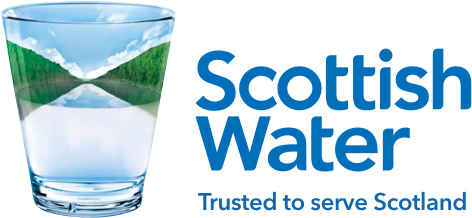Waste Water Treatment
Waste water is anything which flows through a sewer including bath water, industrial waste and toilet waste.
Rain water from the roads, roofs and gardens is known as surface water.
The more clean water we use the more dirty water we produce.
So that the natural environment can be protected and to control the possible spread of waterborne diseases, we treat waste water before it is returned to the environment.
From your home, the dirty water flushed down the toilet, wash hand basin and kitchen sink all goes into the private drain.
This private drain carries the water through to the public sewer which takes it to the waste water treatment works.
Underneath every road and street there is a network of sewers, pipes and pumps that carry waste water to where it can be treated and returned to the environment.
Waste Water Treatment
The process for waste water treatment is similar to that of cleaning water for drinking purposes.
Larger rubbish is screened out, then smaller particles, and then the smallest particles settle out as sludge, after which ‘good’ bacteria clean the water. There is no addition of chlorine or pH correction because the water that emerges is not intended for drinking. It is simply returned to the environment. See a typical example of the Waste Water Treatment Process
Septic Tanks
The purpose of a septic tank is to treat waste water from your property which is generally not connected to the public waste water system. It is usually either a large rectangular box made of brick, stone or concrete, or a bottle-shaped plastic tank buried underground not far from the property it serves.
A septic tank works like a simple waste water treatment works and the treated waste water drains from the septic tank’s outlet pipe to a soakaway or a stream. You can find more information here: Septic Tanks





